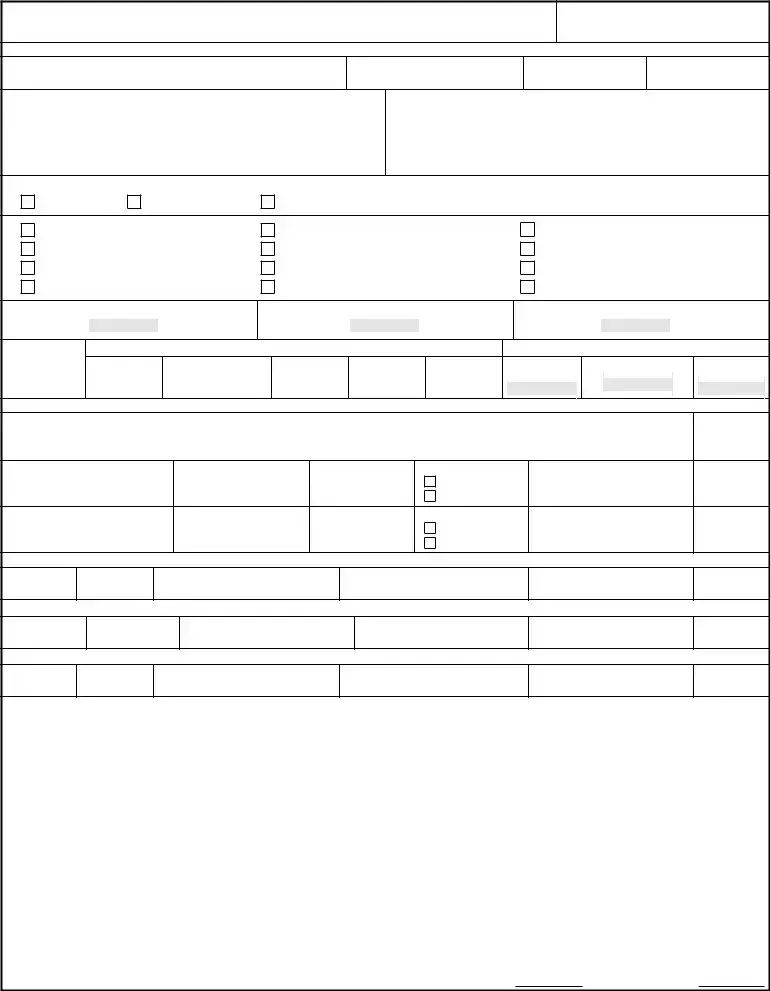What is the DA 31 form?
The DA 31 form, officially known as the Request and Authority for Leave, is a document used by members of the United States Army to request leave from their duties. It covers various types of leave, including chargeable, non-chargeable, and a combination of both. The form captures detailed information such as the requestor's name, rank, leave address, type of absence requested, and signatures from the requestor, supervisor, and approving authority. The DA 31 form is governed by the Privacy Act of 1974 and is a crucial component in the leave management system within the Army.
How can someone fill out the DA 31 form?
To fill out the DA 31 form, start by entering the requestor's information, including the control number, name, DoD ID, rank, and the date in YYYYMMDD format. Next, provide a leave address that includes street, city, state, zip code, and phone number. Specify the organization, station, and point of contact (POC) email and phone number. Choose the type of absence being requested from among the listed options such as annual, emergency, or terminal leave, among others. Fill in the dates for leave from and to, total days requested, accrued leave, and details about chargeable and non-chargeable leave. Finally, ensure the form is signed by the requestor, supervisor, and approving authority as required.
Who needs to sign the DA 31 form?
The DA 31 form must be signed by several individuals to be valid. Initially, the requestor signs the form; however, in the instance where the requestor is not available to sign, the supervisor can sign on their behalf. Following the requestor's signature, the form requires the supervisor's name, title, and signature to provide a recommendation which can be either approval or disapproval. The final approval comes from the approving authority, who also provides their name, title, rank/grade, and signature to either approve or disapprove the leave request.
Are there different types of leave that can be requested with the DA 31 form?
Yes, the DA 31 form accommodates requests for various types of leave, reflecting the diverse needs of Army personnel. Some of the types of leave include annual (ordinary) leave, accession leave, advance leave, emergency leave, environmental morale leave (EML), permanent change of station (PCS) leave, reenlistment leave, funded environmental morale leave (FEML), rest and recuperation leave, consecutive overseas tour (COT) leave, and terminal leave. Each type of leave is designed to accommodate different situations, ranging from routine time off to more urgent or specific leave needs.
What happens after the DA 31 form is filled out and approved?
Once the DA 31 form is fully completed and has received the necessary approvals, the requester is authorized to proceed with their leave as planned. The form acts as an official record of the leave request and approval, and it should be filed accordingly within the individual's personnel records. Upon departure, the departure authority signature section of the form is filled out, including date and time of departure. If an extension is needed while on leave, there's a dedicated section for extension approval authority to sign. Upon returning, the return authority signs their portion of the form. It's important for the individual to adhere to the specified leave dates and follow any additional instructions or requirements specified by their command.

